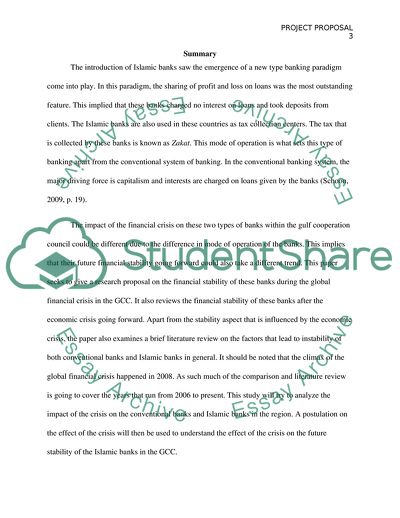Cite this document
(The future for financial stability of islamic banks in GCC Research Proposal, n.d.)
The future for financial stability of islamic banks in GCC Research Proposal. https://studentshare.org/finance-accounting/1861334-the-future-for-financial-stability-of-islamic-banks-in-gcc
The future for financial stability of islamic banks in GCC Research Proposal. https://studentshare.org/finance-accounting/1861334-the-future-for-financial-stability-of-islamic-banks-in-gcc
(The Future for Financial Stability of Islamic Banks in GCC Research Proposal)
The Future for Financial Stability of Islamic Banks in GCC Research Proposal. https://studentshare.org/finance-accounting/1861334-the-future-for-financial-stability-of-islamic-banks-in-gcc.
The Future for Financial Stability of Islamic Banks in GCC Research Proposal. https://studentshare.org/finance-accounting/1861334-the-future-for-financial-stability-of-islamic-banks-in-gcc.
“The Future for Financial Stability of Islamic Banks in GCC Research Proposal”. https://studentshare.org/finance-accounting/1861334-the-future-for-financial-stability-of-islamic-banks-in-gcc.


